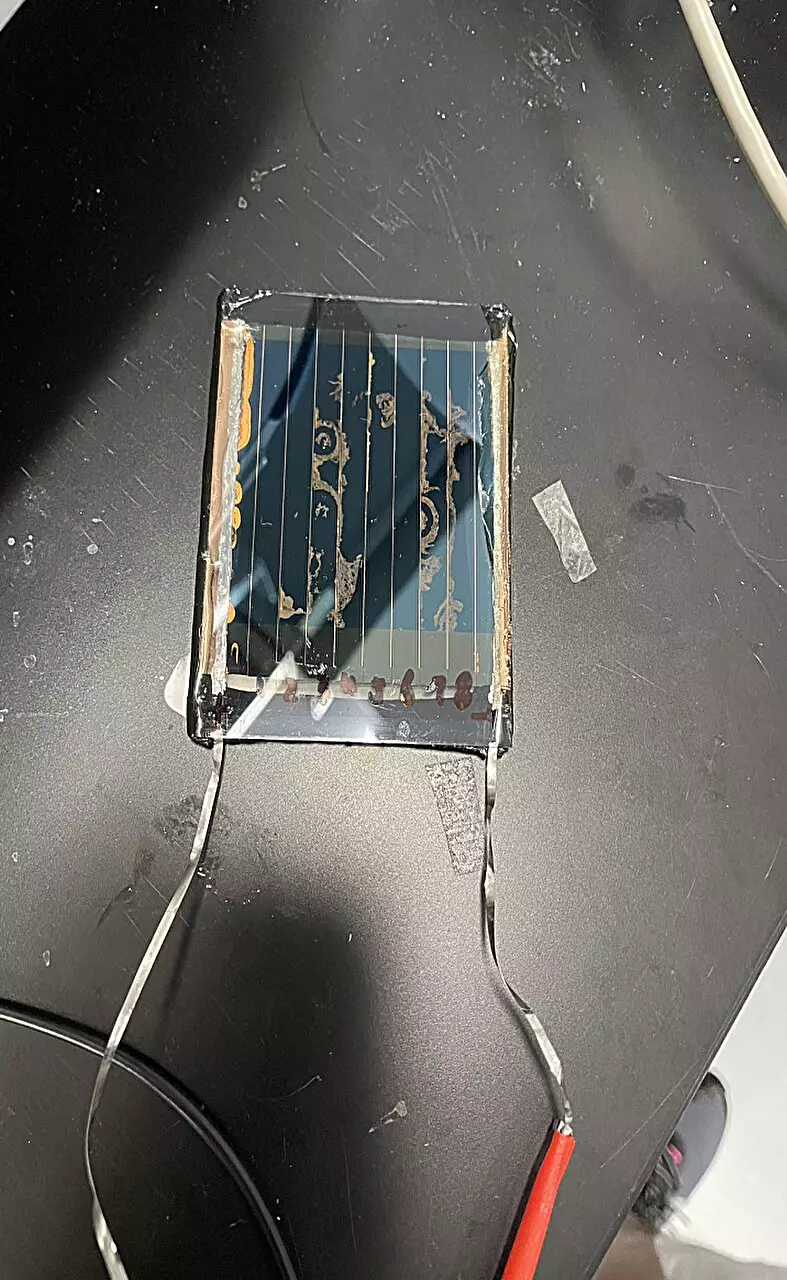Perovskite solar cells (PSCs) have gained popularity in recent years due to their higher efficiency and lower production costs compared to traditional silicon solar cells. However, one major issue with PSCs is their instability under reverse bias conditions, which can lead to degradation and reduced performance over time. Researchers at the University of North Carolina at Chapel Hill have recently introduced a new strategy to improve the stability of PSCs under reverse bias conditions, which could have significant implications for the future deployment of perovskite-based photovoltaics in real-world settings.
When a solar cell is shaded while other cells in the same module are not, the shaded cell can be put under a condition known as reverse bias. This can lead to an increase in temperature and potential damage to the cells, ultimately deteriorating their performance over time. For PSCs, which have a thinner photoactive layer and are more susceptible to ion migration, the reverse bias-induced instability has been reported to be much more severe compared to other types of solar cells.
To address this challenge, researchers led by Jinsong Huang conducted a series of experiments to understand the mechanisms underpinning the greater stability observed in some PSCs under reverse bias conditions. By applying various reverse bias values to PSCs with different device stacks, the team was able to identify the degradation mechanism inside the devices and distinguish between breakdown and gradual degradation behaviors.
Through their experiments, the researchers unveiled a series of electrochemical reactions associated with the degradation of PSCs under reverse bias conditions, involving the generation of iodine and corrosion of the Cu electrode in the cells. Inspired by these findings, the team developed a new device stacking of lithium fluoride/tin oxide/indium tin oxide to inhibit iodine formation and electrode corrosion under reverse bias, resulting in significantly improved stability with a lifetime of up to 1,000 hours under reverse bias of -1.6 V.
The findings of this study could inform the development of more stable perovskite-based PVs, potentially reducing the need for costly bypass diodes in future perovskite modules. The improved stability of PSCs could accelerate their large-scale commercialization and increase their competitiveness in the solar energy market. Moving forward, Huang and his colleagues plan to conduct further studies to determine the upper limit of reverse bias stability for PSCs and continue to improve their performance in real-world applications.
Overall, the research conducted by the team at the University of North Carolina at Chapel Hill represents a significant step forward in addressing the stability challenges faced by perovskite solar cells. By optimizing device compositions and understanding the mechanisms of degradation under reverse bias conditions, the researchers have paved the way for more reliable and efficient PSCs that could play a key role in the transition to a cleaner and more sustainable energy future.


Leave a Reply